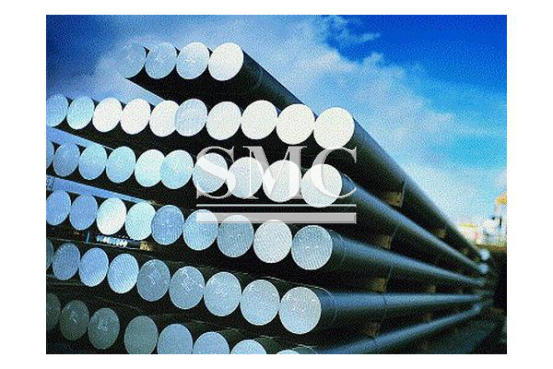Notice: Undefined index: sith_hide_share in /www/sites/alloy.wiki/index/wp-content/themes/likegoogle/single.php on line 32
Deprecated: get_settings is deprecated since version 2.1.0! Use get_option() instead. in /www/sites/alloy.wiki/index/wp-includes/functions.php on line 4862
Pruce Newman has recently completed a new set of qualified welding procedure specifications specifically for duplex and superduplex stainless steels. The procedures, assessed by Lloyd’s Register, are accredited to both BS EN ISO 15614 and ASME IX, and cover a wide range of pipe diameters and material thicknesses. These stainless steels are becoming more and more common in the higher quality work required by the clients, and have a number of advantages over their austenitic stainless steel cousins. It has greater corrosion resistance, higher strength to weight ratios and has better price stability.
Duplex and superduplex stainless steels are typically used in fabrications for the oil and gas industries, where their high corrosion resistance makes them ideal materials for harsh subsea environments. Their high strength also means that they are strong candidates for fabricating storage tanks and pressure vessels, and comparatively lightweight structural components which Pruce Newman can fabricate to BS EN 1090. The welding characteristics of duplex and superduplex stainless steels are more complex than those of austenitic stainless steel; so greater care needs to be taken before, during and after welding takes place to maintain the integrity of the joint, in terms of weld quality, strength and corrosion resistance

Guest contributors are welcome at the Alloy Wiki.It is a weekly wiki and guide on alloy information and processing technology, while also about the vast array of opportunities that are present in manufacturing. Our team of writers consists of a Machining Material Supplier / Machinist / Tool and Die Maker, a Biomedical Engineer / Product Development Engineer, a Job Development Coordinator / Adjunct Professor, and a President and CEO of a manufacturing facility.
Link to this article:New weld procedures for duplex and superduplex
Reprint Statement: If there are no special instructions, all articles on this site are original. Please indicate the source for reprinting:Alloy Wiki,thanks!^^


